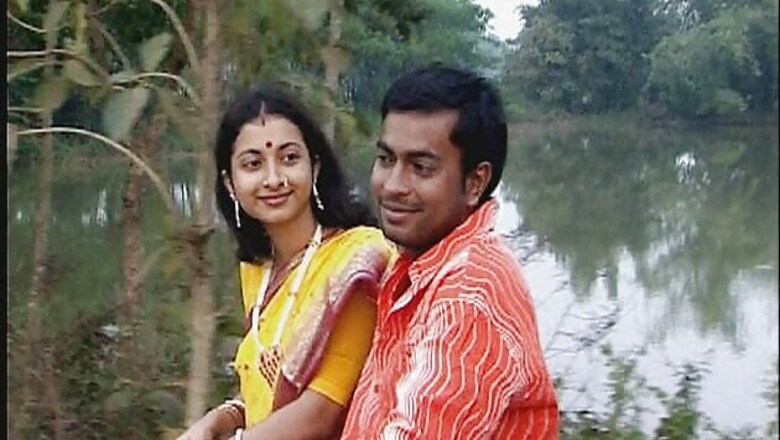
views
In an environment where lavish mounting, high-end glamour, jazzy sound, loud music and glorious colour is the rule, Dhananjoy Mandal’s Mela (The Fair) brings in a breath of fresh air. Mela carries echoes of its love for the village landscape of West Bengal.
Based on a story by Taradas Bandopadhyay, Mela is shot entirely on location before, during and after a real fair organised during Rash Purnima in a remote village..
Mela is a different world where men, women and children gather to earn their livelihood, selling their wares at the stall, villagers flocking in to savour sumptuous eats served hot and straight from the earthen ovens, watch jatra performances, buy goodies and leave.
Relationships are made and broken, friendships are forged, making the fair a world of entertainment, enjoyment and fun for all those who partake in it, forming a rainbow of humanity in different shapes, sizes and colours.
The elderly Bishu Mama arrives with his young nephew Ratan, to set up a stall at the Rashmela for the first time. He sells batter-fried brinjal fritters, potato chops with fillings and stuffed pooris with chutney.
Close to their stall stands the stall of Brojomohan who serves moong dal jalebis, which his orphaned niece Alta makes. Hriday and Kali sell earthenware pots and pans. Hriday’s penchant for country liquor makes things worse.
Among the fair organisers are Haradhan who insists on peppering his Bengali with wrong English, Tarini Khuro who once did the role of Bibek (Conscience) in jatra performances, and Biplab.
Mela is character-driven. A stall owner fights with a man who tries to set up his gambling games in front of his shop. School boys are exasperated when Alta keeps them waiting for their share of jalebis. A ‘mad’ woman runs around with a stick to scare off people and force them to offer her food.
Bishu Mama and Tarak Khuro strike up a friendship. An old man, forever hungry, hunts for food wherever he can. A little girl gets lost in the fair. Her grandmother chides the mother for being careless. Songs from the jatra performance on full moon night float across as Alta and Ratan unfold their love for each other.
Tarak Khuro peeps into the make-up room of the jatra performers. The pond behind the fair with overhanging branches of trees dipping into its murky waters is a spot for bathing and chatting.
Ratan and Alta sneak out to take a look at the old temple, a dilapidated mansion of the local landlord whose family now reduced to poverty, and bathe in the pond. A couple of dream scenes slip seamlessly into the main text. When the fair ends, stalls are pulled down and people go away.
The acting in Mela is natural and candid. None of the actors wear make-up. Mandal resists the temptation of glamour.
The musical score by Chandan Roy Choudhury is natural and melodious. Ratan hums Hindi film songs, the loudspeaker blares forth Hindi, Bengali and Tagore numbers, while Bishu Mama sings his folk music. Notes from a flute form the theme of the sound track.
Paran Bandopadhyay is brilliant as Bishu Mama, Rudranil Ghosh as Ratan compliments him beautifully, matched with the acting of Sunil Mukherjee as Brojomohan and Mouli Bhattacharya as Alta are natural and spontaneous.
Sandip Bhattacharya’s cinematography and Partha Barman’s sound design give the film a feeling of the documentary. The only lapse if it can be called one is in the post-production colour processing of the film that looks jaded at places.
Critic: Shoma A. Chatterji












Comments
0 comment